Wednesday Walk along Vyborg side, the former industrial outskirts of the city

The neighbourhood that bears the historical name ‘Vyborg side’ has long remained a rural suburb of St. Petersburg. The wide and full-flowing Neva River was an obstacle for the residents. The river divided two banks, when on one bank new stone houses drove and city life was boiling, on the other bank the rural pastoral continued. Wooden one and two-storey houses, vegetable gardens, lawns with grazing goats... This place was a rural suburb, and it was also home to several rather famous holiday homes. The proximity to the city proved to be a decisive factor for those city dwellers who chose this area as a dacha.
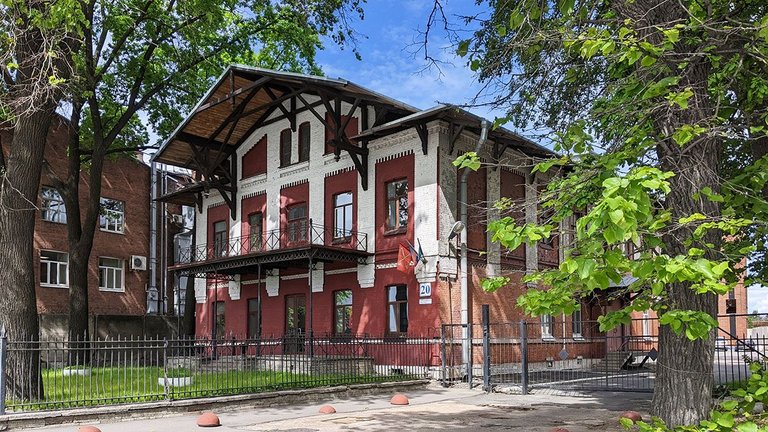
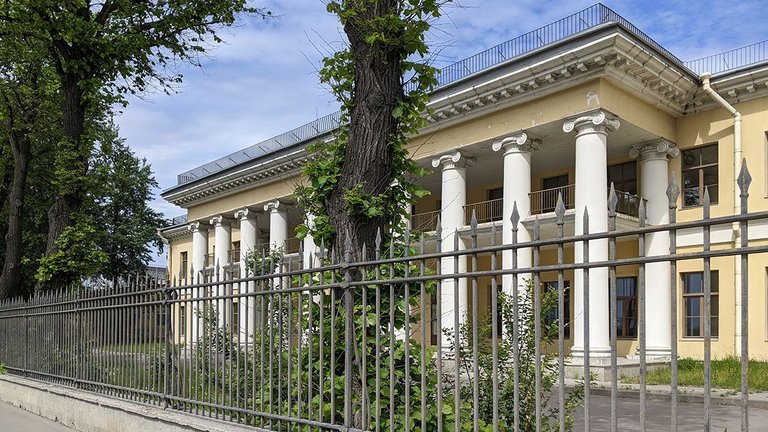
After the construction of permanent bridges across the Neva River, the appearance of this area began to change very quickly. The area was most popular with industrialists. As soon as the logistical problems were solved, the value of land plots on the right bank of the Neva River began to rise, but it was still very far behind the value of land plots on the left bank. Industrialists were the people who could quickly take advantage of the situation. Therefore, the rural Vyborg side very quickly turned into the factory Vyborg side.

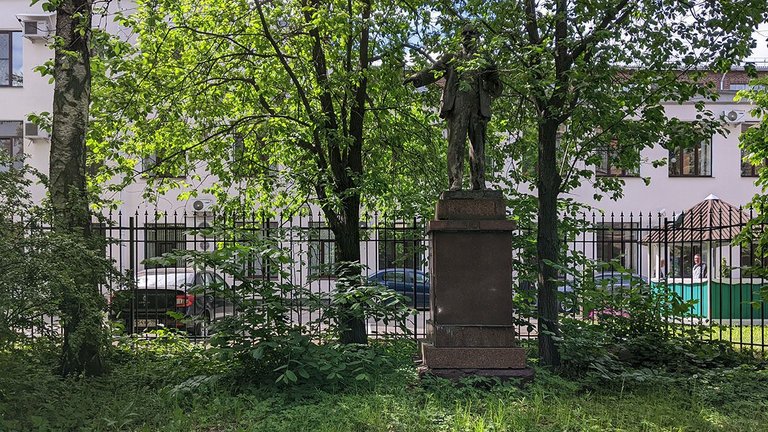
Nowadays, most industrial enterprises have moved out of this neighbourhood. Modern production requires other conditions, and new factories are located in other districts, although some historic factories are still in operation. Empty industrial premises have become a haven for small cottage industries, garages, warehouses and other small tenants. Some of these buildings have been given the status of identified monuments of industrial architecture.
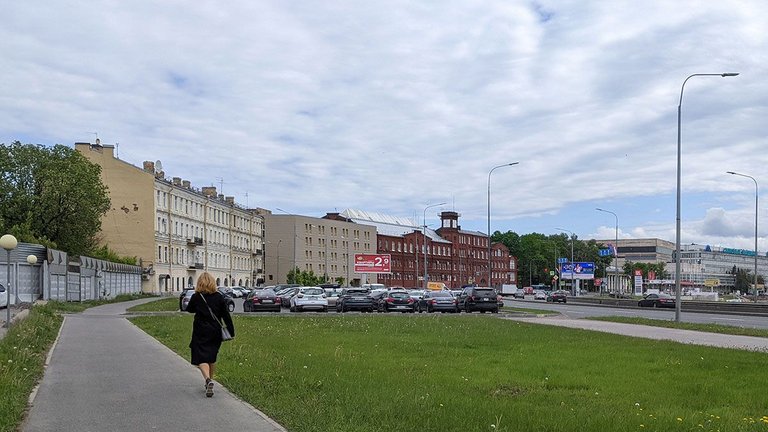
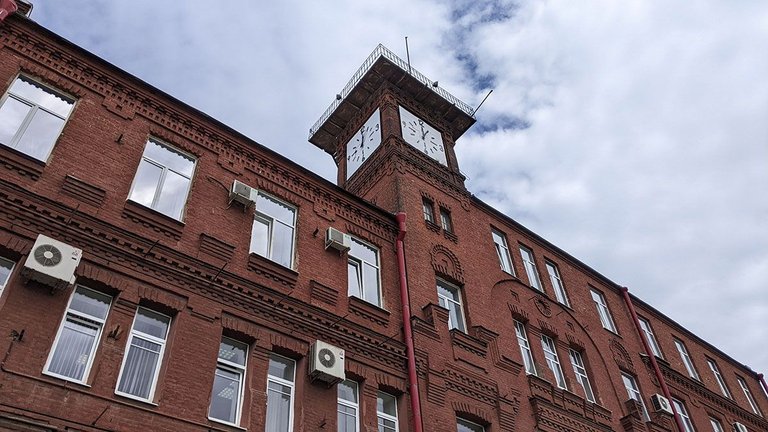

I started my walk on the Vyborg side on the embankment of the Neva River. The first building that caught my eye was the Fire Depot building. The building was built in the late 19th century in Art Nouveau style. The surname of the architect is unknown - the archival documents were lost. By its architecture the building looks like a rich country house or a mansion, but it was built from the very beginning as a fire station.
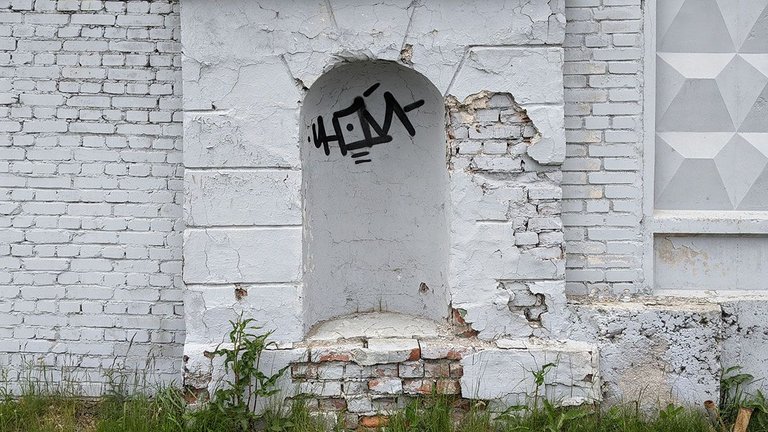

Next to the fire station is a yellow building with white columns. When you look at this building you get a feeling of dissonance, and it intensifies when you try to look at the building more closely, to look at the details. This is the building of the country house of Adjutant General P. P. Durnovo, a member of the State Council. The building was originally built in the late 18th century in the Classicist style, but then it was rebuilt several times, and the classical proportions were distorted.

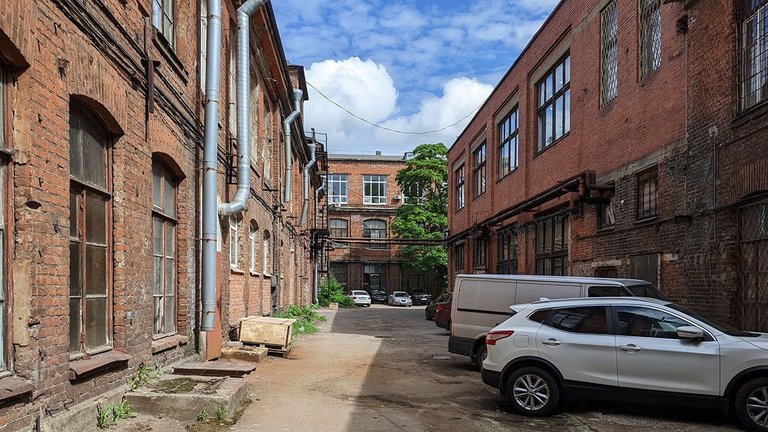
Along some places along the embankment there are blind fences. I notice a door ajar - but behind the door there is blind brickwork. On the corner of Arsenalnaya Street there is a small garden, and in the centre there is a monument to Alexander Kondratyev, one of the first Komsomol members, the organiser of the Socialist Union of Working Youth. Another monument from the Soviet times is hiding among the trees in one of the courtyards.
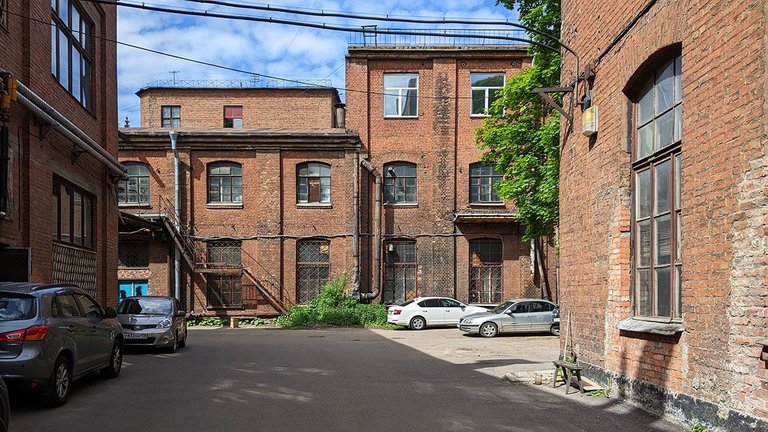
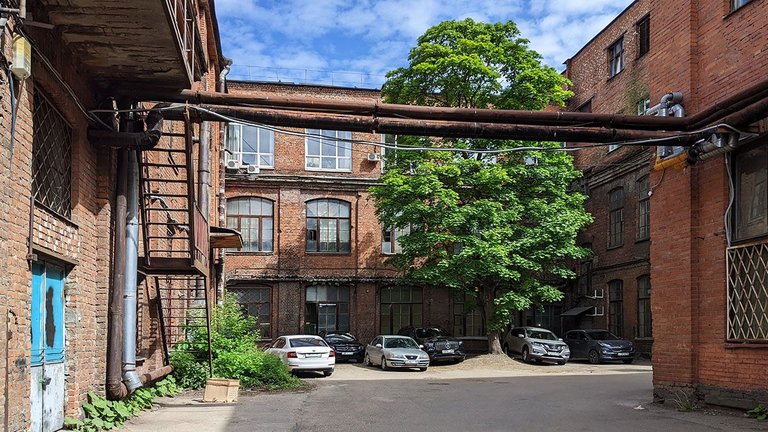
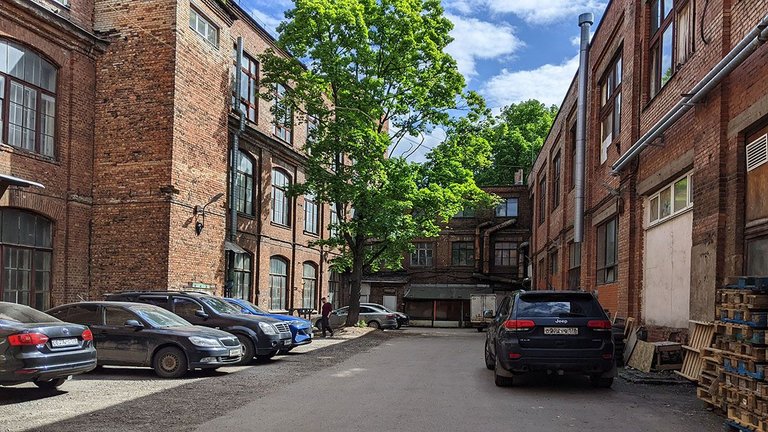
The most interesting thing in this area of the city is to walk around the courtyards and look at the preserved artefacts. Sometimes it is a fragment of an old mosaic, sometimes unusual glass blocks in the windows, sometimes an old clock on the factory tower, and sometimes a small tree that has grown on the ledge of an old brick wall.


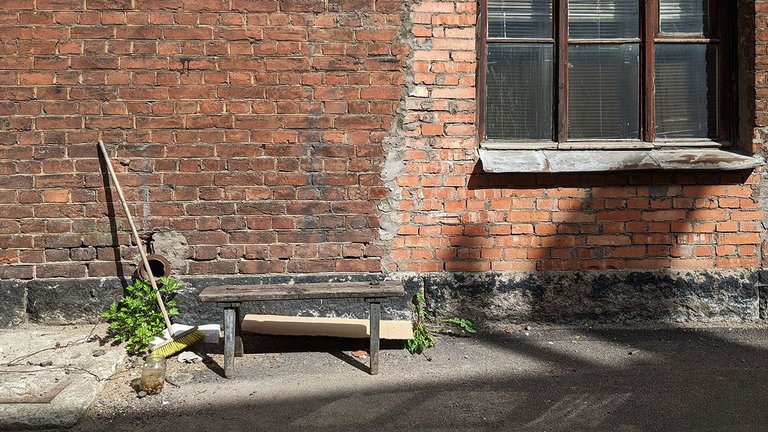
| ○ | ○ |
|---|---|
| Smartphone | Google Pixel 3a |
| Location | Saint Petersburg, Russia |
This is my entry for the #WednesdayWalk challenge by @tattoodjay.
You can check out this post and your own profile on the map. Be part of the Worldmappin Community and join our Discord Channel to get in touch with other travelers, ask questions or just be updated on our latest features.
Congratulations, your post has been added to the TravelFeed Map! 🎉🥳🌴
Did you know you have your own profile map?
And every post has their own map too!
Want to have your post on the map too?
- Go to TravelFeed Map
- Click the create pin button
- Drag the marker to where your post should be. Zoom in if needed or use the search bar (top right).
- Copy and paste the generated code in your post (any Hive frontend)
- Or login with Hive Keychain or Hivesigner and click "create post" to post to Hive directly from TravelFeed
- Congrats, your post is now on the map!
PS: You can import your previous Pinmapple posts to the TravelFeed map.Opt Out
Such interesting buildings there and thanks for the history of the area
Thanks for joining the Wednesday walk
Have a great day
It really was an interesting walk. Thank you so much, have a great day!
Hiya, @ybanezkim26 here, just swinging by to let you know that this post made it into our Honorable Mentions in Travel Digest #2602.
Your post has been manually curated by the @worldmappin team. If you like what we're doing, please drop by to check out all the rest of today's great posts and consider supporting other authors like yourself and us so we can keep the project going!
Become part of our travel community:
Thank you very much!
You are very welcome @tatdt! it was well deserved. ☀️
We are already looking forward to reading more about your adventures!
Congratulations @tatdt! You received the biggest smile and some love from TravelFeed! Keep up the amazing blog. 😍 Your post was also chosen as top pick of the day and is now featured on the TravelFeed front page.
Thanks for using TravelFeed!
@for91days (TravelFeed team)
PS: Did you know that we have our own Hive frontend at TravelFeed.com? For your next travel post, log in to TravelFeed with Hive Keychain or Hivesigner and take advantage of our exclusive features for travel bloggers.
Thank you very much!
Amazing place with an amazing history to look upon to.Thankyou for sharing this 💗
Thank you very much!